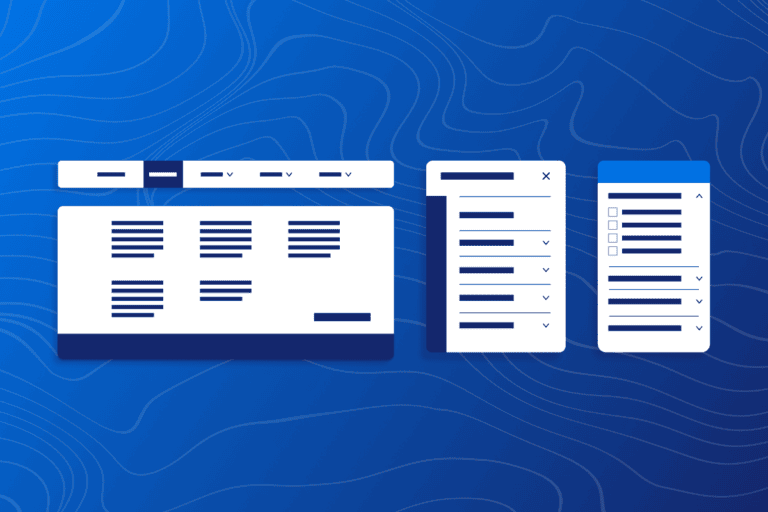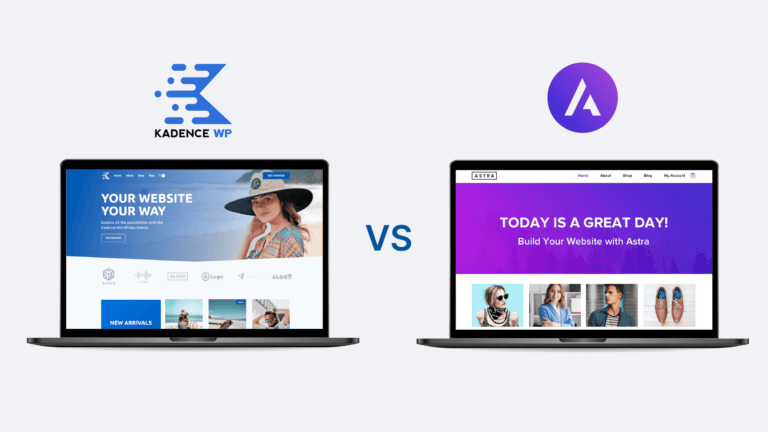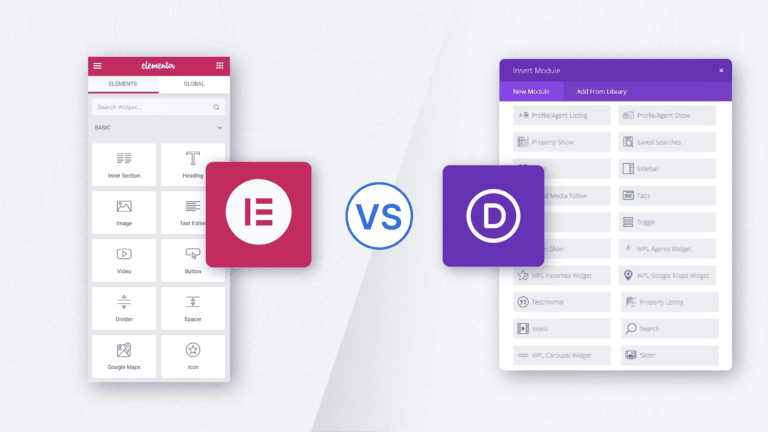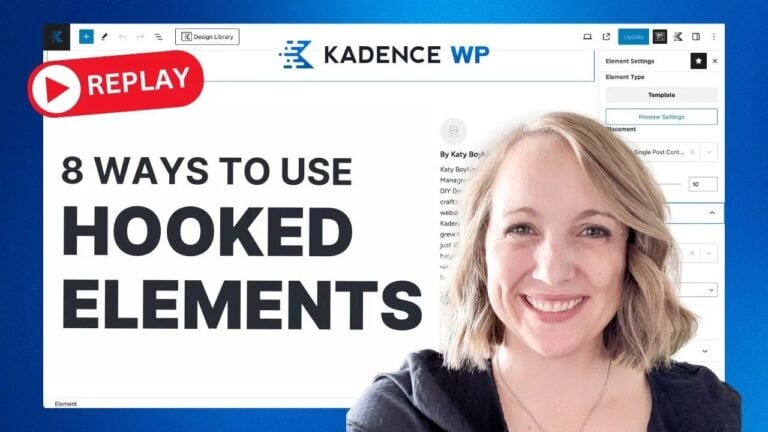9 Ways to Optimize Your Landing Page

Are conversions or interactions lagging on that landing page you created for your website? After your landing page has been live for a little while, you need to step back and review how it’s doing.
While results and conversions can vary by industry, there are some common optimizations that almost every landing page design can benefit from.
Use this list of nine ways to optimize your landing page to gauge how you are doing and what additional steps you can take to make your pages even more effective.
1. Have a single offer (and make it clear)
A landing page should have a single purpose: to convert users with a single offer. Every element on a landing page should help drive users toward the same goal, whether that’s filling out a form, making a purchase, or something else altogether.
The visual cues, copy, and direction should be clear and intentional. Don’t try to offer multiple options here. Having more than one offer could confuse users, while just one will help optimize the entire page.
Once all of your elements are in place, evaluate your offer. Is it a good one? Would you sign up for, purchase, or do what the page is asking?
2. Check your design
It’s important to consider design when optimizing a landing page. Ensure that it loads quickly, works great on mobile devices, and is on-brand with your business.
A page that loads quickly will prevent user frustration, giving them access to what they are looking for with ease. Plus, it’s good for search engine optimization (SEO).
All elements on the page should work on mobile devices, including easy-to-fill-out forms and quick mobile checkout options.
Finally, users should not feel lost when they get to your landing page. Elements should look like your brand, using colors, fonts, and styles that are commonly a part of your visual identity.
3. Simplify or try new copy
One element that you may tweak or examine more closely is the copy. All the words on the page—especially calls to action—should be concise and clear.
Here are some ways you can optimize your landing page through copy:
- Use short sentences and paragraphs – they are the easiest to read.
- Format your copy appropriately. Use headlines and subheads to help make the words easy to scan and read at a glance.
- Create a sense of urgency with the offer to help encourage users to act while they are on the page. Countdown timers, limited availability, and other elements of scarcity can help.
- Use the copy to sell the benefits of your offer. Frame the copy in terms of what the user is getting out of the offer rather than a list of features.
4. Add social proof
Show landing page visitors that other people trust and like your product or service with an element of social proof. Social proof can include customer reviews, testimonials, or how many people have already used or liked your product.
When visitors see that others have had a positive experience with your business, they’re more likely to trust and engage with your landing page. This builds trust and credibility, encouraging visitors to act. So, add some form of social proof on your landing page to optimize for conversions and action.
5. Adjust your form
Conversions are greatly impacted by your forms. A form that asks too many questions can be cumbersome and limit responses; a form that doesn’t have enough fields forces you to follow up multiple times to get the response you need.
Take some time to figure out exactly what you need from the form on a landing page. Then, simplify the form to ask for only essential information.
Field labels need to be clear and easy to understand, and test your form to make sure it works. (Surprisingly, this is a common problem!)
Form placement matters greatly as well. A form above the scroll is more likely to generate conversions than one further down the page. Consider a design structure that allows you to place your form in a prime location, such as the top right sidebar.
6. Set up tracking
To help you make data-driven decisions, you need to set up tracking on your landing page. Landing page tracking data can help you understand what could be going right or wrong and how the page can be optimized.
Start by installing the MonsterInsights plugin so you can see website data with ease. Then, embed tracking code on landing pages. (The most common is Google Analytics, but you may use other software.)
This way, you can get a solid understanding of who is visiting the landing page and what they are doing. You might find, for example, that users who come to the page from an email are more likely to convert than users who enter from social media. This can help you more effectively plan campaigns around your landing page.
7. Watch your traffic source
You’ll want to pay close attention to landing page traffic sources. How are people getting to your landing page? If they’re landing on the page by accident, this could negatively impact your engagement and conversions.
Users should be coming from campaigns and links that are descriptive and clearly indicate where people are going when they click. A common flaw is that campaigns link to the wrong pages or your homepage instead of a landing page.
Another common mistake is a misleading offer. Don’t bait and switch. If your offer isn’t free, don’t create promotions for a free offer. Be upfront and honest in campaigns that lead to your landing page.
8. Implement a popup
The other potential traffic source to a landing page is another page within your website. Consider adding a popup from your home page, blog, or other popular pages encouraging visitors to click on specific landing pages.
You may also consider an exit popup on the landing page itself. An exit popup offers a special deal or final opportunity to interact as the user tries to click off of the landing page.
9. Run an A/B test
A/B testing allows you to compare two versions of a landing page to see which performs better.
Here’s how it works: You create two versions of your landing page, with only one key difference, such as a different headline, button color, or layout. Then, randomly show each version to visitors and track which one leads to more conversions, like sign-ups or purchases. By analyzing the data from both versions, you can determine which elements are more effective.
A/B testing helps you make data-driven decisions to better optimize your landing page. The easiest way to A/B test is with a tool such as VWO or Nelio AB Testing that is specifically made to help you test and measure elements on your website.
Landing pages made easy with Kadence
Landing pages can be a great tool when it comes to creating campaigns that lead to specific conversions on your website. Plus, there are lots of ways to optimize landing pages, from simplifying copy to adding social proof.
When thinking about your website design, it is important to have a foundation that makes it easy for you to create landing pages. Kadence Blocks for WordPress is user-friendly and doesn’t require coding knowledge. You can design how you want your page to look and publish it quickly.
Try the live demo or download Kadence Blocks today!
Create Your Website With KadenceWP Today!
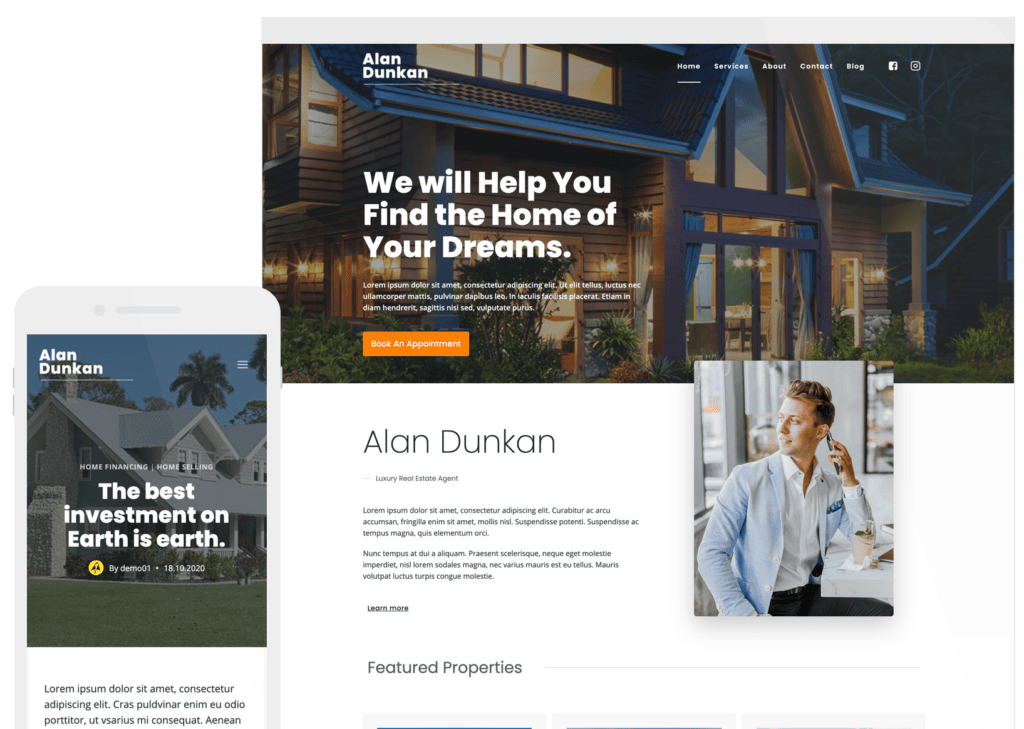
Written by Carrie Cousins
Carrie Cousins has more than 15 years of experience in media, design, and content marketing. She’s a writer and designer, has an MBA from Virginia Tech, and is passionate about creating amazing experiences for businesses online. Her work has been featured in publications such as Design Shack, Webdesigner Depot, The Next Web, and Fast Company. She’s an avid runner, which comes in handy with a trio of Australian shepherds at home.
By Carrie Cousins
Carrie Cousins has more than 15 years of experience in media, design, and content marketing. She’s a writer and designer, has an MBA from Virginia Tech, and is passionate about creating amazing experiences for businesses online. Her work has been featured in publications such as Design Shack, Webdesigner Depot, The Next Web, and Fast Company. She’s an avid runner, which comes in handy with a trio of Australian shepherds at home.
Updated July 22, 2024

